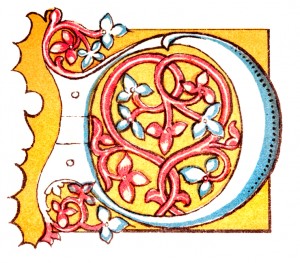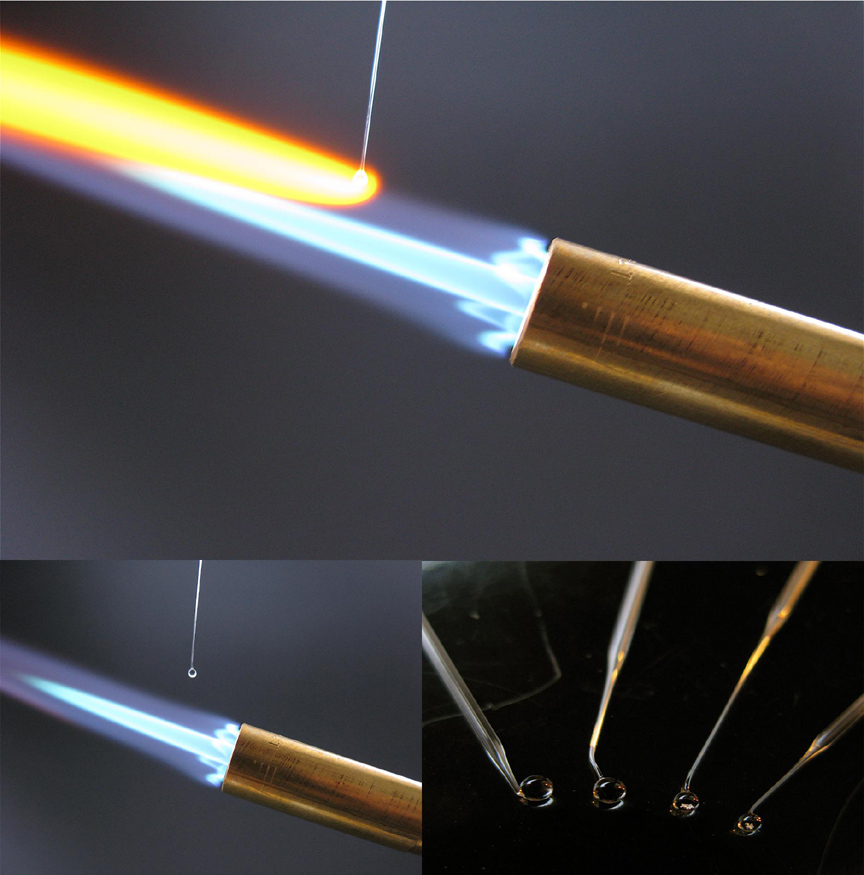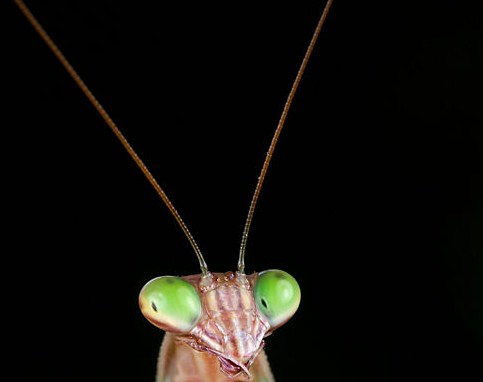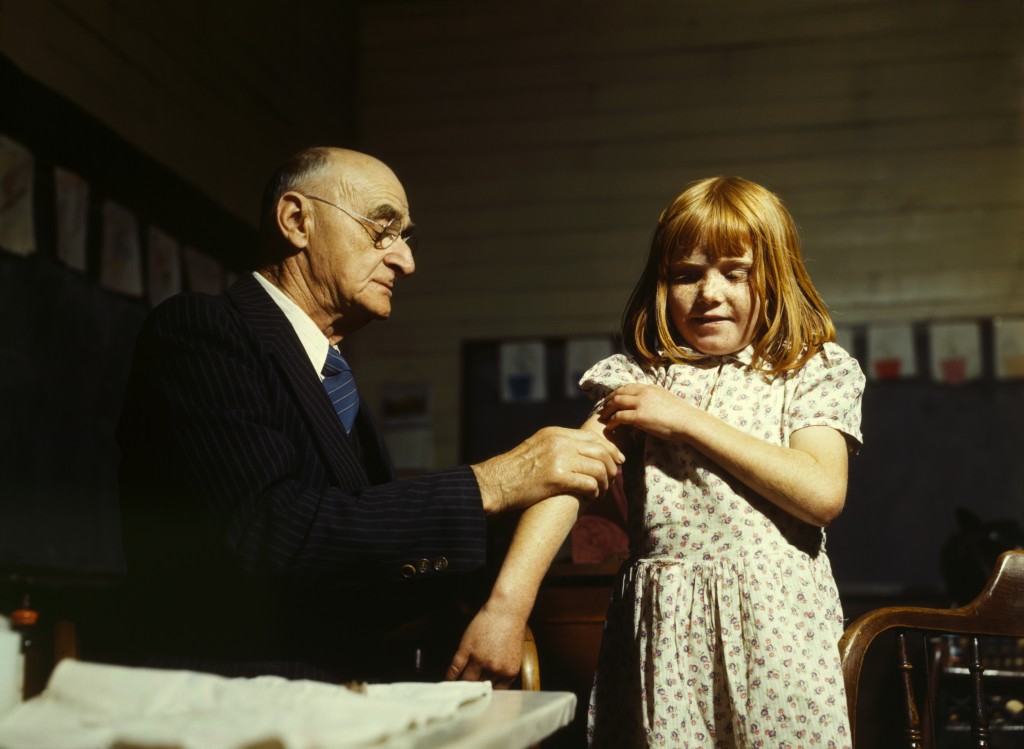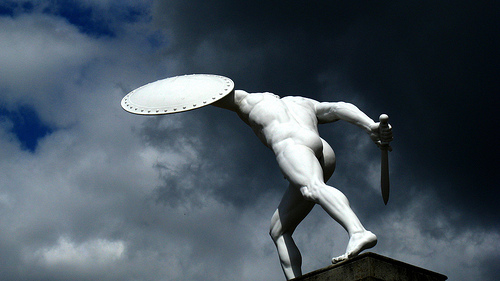 For the past two weeks, I’ve been riveted by an annual spectacle played out in an arena seating 22,547 of the most rabid tennis fans in the universe. The U.S. Open in New York City is one of the world’s four great tennis tournaments, and each year as the glorious days of summer begin to fade, I spend my evenings perched in front of the television, marvelling as David Foster Wallace once did at “the liquid whip” of Roger Federer’s forehand and “the human beauty” of a sport played at an almost godlike level. But beneath all this wonder and awe is something a little baser — a grim fascination that has its roots in something much, much older.
For the past two weeks, I’ve been riveted by an annual spectacle played out in an arena seating 22,547 of the most rabid tennis fans in the universe. The U.S. Open in New York City is one of the world’s four great tennis tournaments, and each year as the glorious days of summer begin to fade, I spend my evenings perched in front of the television, marvelling as David Foster Wallace once did at “the liquid whip” of Roger Federer’s forehand and “the human beauty” of a sport played at an almost godlike level. But beneath all this wonder and awe is something a little baser — a grim fascination that has its roots in something much, much older.
Tennis at its highest level is a sport of barely controlled aggression. It pits two rivals in a huge arena, all alone, without coach or spotter, sometimes for hours on end, sometimes nearly deafened by the roar of hostile fans, until one finally walks off the court as victor. Continue reading



